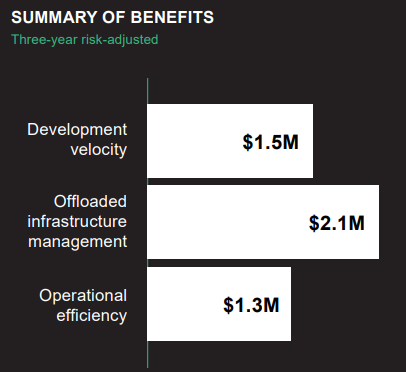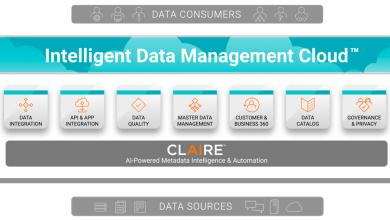
It is a necessity for businesses today to be endowed with the knowledge, expertise, and resources to fulfil the demands of their customers. Hence why business leaders in organisations worldwide look for developer platforms geared around containers. By 2026, 90% of worldwide enterprises, according to Gartner, will use containerised apps in production. Containers promise efficiency and cost savings since they are lightweight and portable, use fewer resources, and support agile and DevOps efforts to accelerate development, test, and production cycles.
Kubernetes, or K8s, is an open source container orchestration platform that can automate many of the manual processes involved in deploying, managing, and scaling containerised applications. Kubernetes is highly popular due to its breadth of functionality, its vast and expanding ecosystem of open source extensions and vendor supported tooling as well as its portability across leading cloud providers.
But what happens if your organisation doesn’t have the time, knowledge, expertise or resources to operate or manage the Kubernetes platform effectively?
That’s where Red Hat OpenShift Cloud Services come in, and in this blog, we will explore how Red Hat can enable you to build and scale your application development ambitions with confidence.
Red Hat OpenShift as a cloud service is a turnkey app platform based on Kubernetes that is designed to help development teams to work in a self-service manner to develop, deploy, and manage container-based applications securely at scale.
The Economic Implications of Red Hat OpenShift Cloud Services
- Accelerated Development
Red Hat OpenShift Cloud Services provides “fully managed OpenShift”, with RedHat handling the underlying infrastructure and operational concerns, so that your company can concentrate on developing strategic business apps. OpenShift has integrated developer tooling that allows teams to onboard to the platform faster and start coding using familiar languages and frameworks – you don’t need to be a cloud native expert to develop and deploy apps across hybrid environments. In fact, using Red Hat OpenShift cloud services allows organisations to shorten their application development cycle by up to 70%, according to Forrester.
- Offloaded Infrastructure Management
Legacy environments not only slow down your app development process but also often require developers to go through arduous manual processes and hurdles to procure new environments. Red Hat OpenShift cloud services removes the burden of infrastructure provisioning and day to day management, saving companies up to 20% of their developer’s time. This means that for developers, this recouped time can be spent focusing on application development.
- Operational Efficiency
Since Red Hat OpenShift cloud services is a fully managed service, organisations won’t have to allocate as many specialised staff to maintain the platform. Instead, they can repurpose full-time DevOps personnel who were previously responsible for managing the infrastructure to carry out more productive work. All of this translates to an increase in operational efficiency by 50%.
In terms of cost savings, or value acquired, as a result of these benefits, Forrester concluded that Red Hat OpenShift cloud services delivers the following three-year financial impact:

The current economic turbulence presents business owners with the motivation to explore Kubernetes based platforms, especially with Red Hat’s managed cloud services, which may enable them to gain a competitive edge in the modern digital economy.
Red Hat OpenShift cloud services provide the optimum experience you need for developing critical business apps on a hybrid cloud platform of open possibilities. All without the need to dedicate resources to install, configure, maintain or manage the necessary and complex underlying infrastructure. Instead, your organisation can channel those valuable resources into building applications that will take the business forward.
Get started with Red Hat OpenShift Cloud Service right now by learning more about it here.





